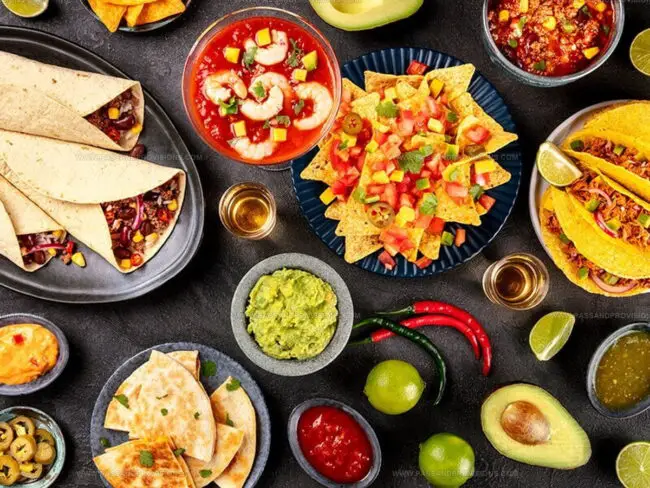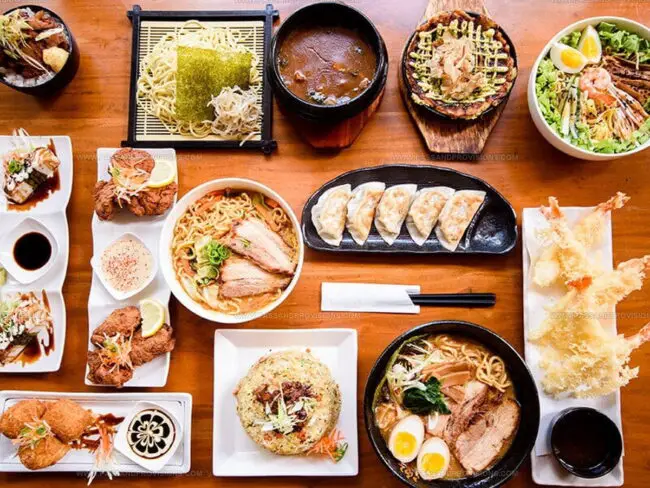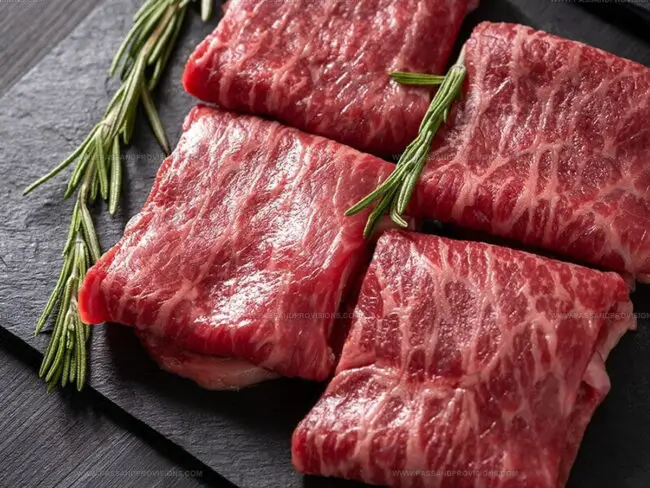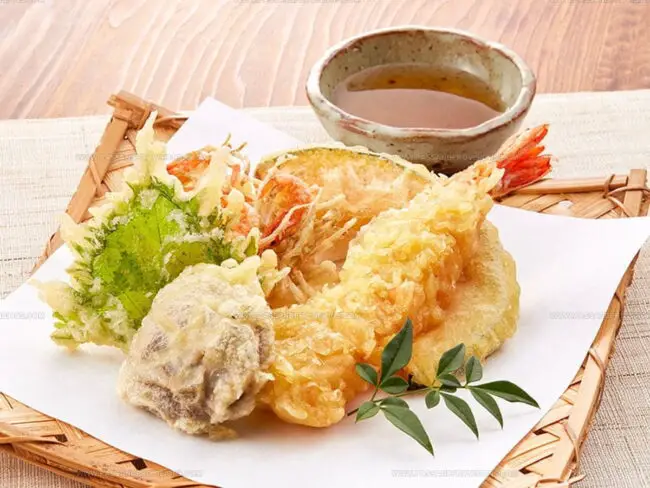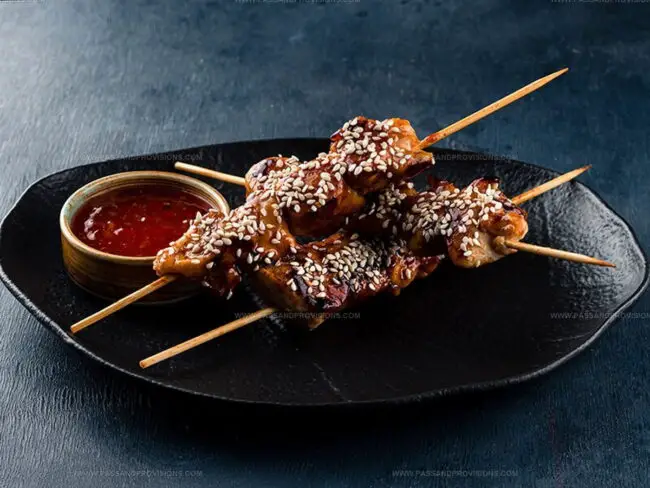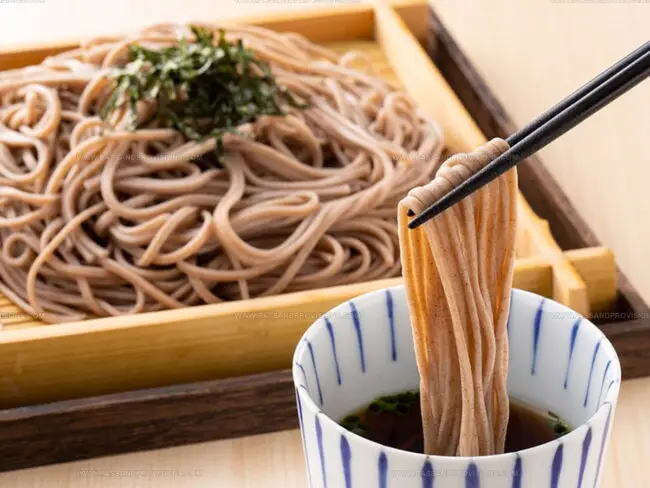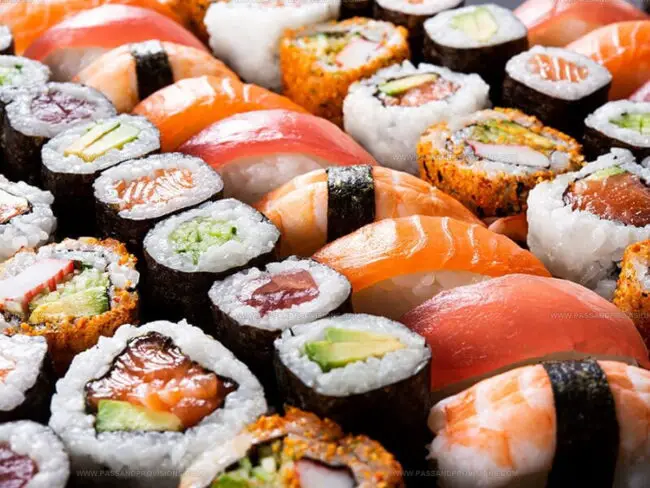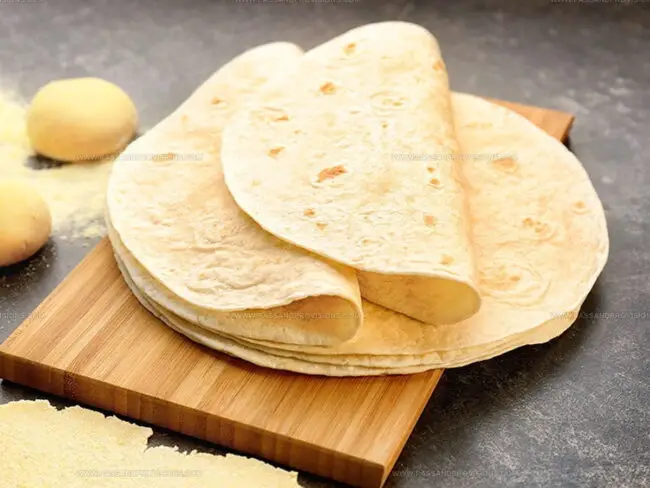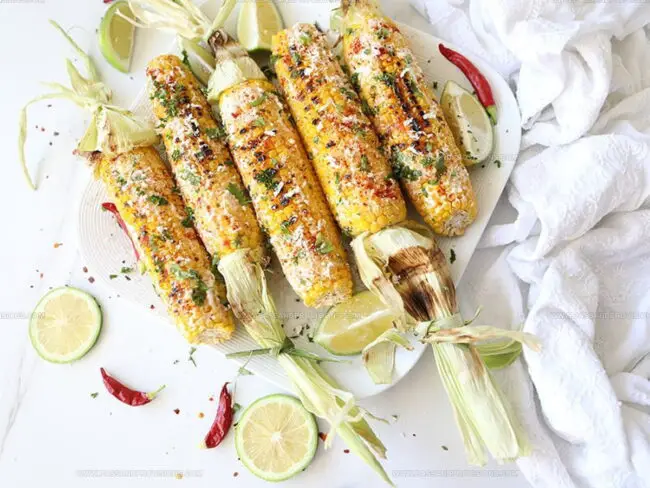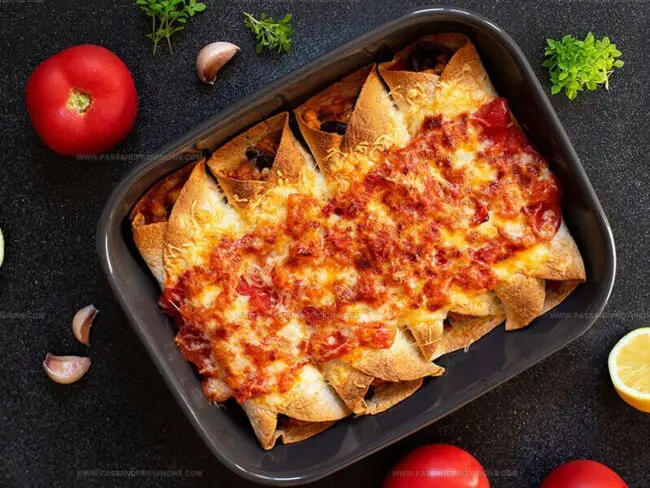Japanese or Mexican Food: A Tasty Cultural Battle
Japanese cuisine has enchanted food lovers worldwide with its delicate flavors and artistic presentation.
The contrast between raw fish delicacies and hearty ramen bowls showcases this culinary tradition's incredible range.
Mexican food, on the other hand, brings bold spices and vibrant ingredients that dance across taste buds with every bite.
From street tacos to complex moles, this cuisine reflects centuries of cultural blending and regional diversity.
Both food traditions honor fresh ingredients while approaching cooking with completely different philosophies.
No matter which cuisine tempts you more, each offers a unique window into its culture through distinctive ingredients and techniques.
The fascinating similarities and differences between these beloved food traditions might surprise even seasoned food enthusiasts.
Stories Behind Mexico Food
Mexican food originally came from agricultural communities like the Maya, with major influences from Mesoamerican traditions, Spanish colonial culture, and touches of Asian and African cooking styles.
It combines indigenous Mesoamerican ingredients like corn, beans, squash, chili peppers, and tomatoes with influences from Spanish colonization, which introduced meats, dairy, rice, and various spices.
This fusion creates bold, complex flavors and colorful dishes that are both hearty and fresh.
Staple foods in Mexican cuisine include tortillas, made from corn or wheat, which serve as the base for many meals such as tacos, enchiladas, and quesadillas.
Beans and rice often accompany these dishes, providing essential nutrients and texture.
Mexican food is also famous for its use of fresh herbs like cilantro and spices such as cumin and oregano, along with vibrant salsas and sauces ranging from mild to fiery hot.
Mexican cuisine places a strong emphasis on communal eating and celebrations, where food plays a central role in bringing people together.
Exploring the World of Japanese Food
Japanese food stands among the most diverse in Asia, drawing inspiration from both Chinese and Western influences. Popular dishes like ramen and gyoza carry distinct Chinese elements, while Japanese curries, spaghetti, and hamburgers show clear Western touches.
The foundation of most meals includes rice, noodles, seafood, and various meats, with must-try classics such as sushi, sashimi, ramen, and miso soup waiting for anyone visiting this beautiful country.
Raw fish and meat consumption remains a signature part of their food culture despite historical limitations from Buddhist practices.
Meat dishes gained popularity in the 1880s, around the same time sushi and ramen began spreading internationally.
Food enthusiasts can sample premium Wagyu beef at high-end Japanese restaurants, along with quality tuna and salmon in their sushi preparations.
The distinctive umami flavors come from raw fish, seaweed, and fermented ingredients that appear in everyday meals.
Mexican & Japanese Foods: Similarities
Japanese and Mexican foods share many surprising connections, despite their geographic distance.
Japanese vs. Mexican Food: Exploring Culinary Contrasts
Food culture varies dramatically between these Japanese and Mexican foods. Check these noticeable differences in this table to learn more.
| Feature | Mexican Food | Japanese Food |
| Staple Foods | Corn tortillas from masa harina | Rice, noodles (Udon, Ramen), sushi |
| Serving Style | Eaten by hand or utensils; large portions | Small portions; eaten with chopsticks |
| Key Ingredients | Dairy (cheese, butter), bold spices | Soy sauce, seaweed, fermented foods; little dairy |
| Flavor | Rich, spicy, heavy use of chili | Light, fresh, subtle, minimal spice |
| Health | High fiber, vitamins; can be high in saturated fat and spice | Low cholesterol, antioxidant-rich; lower fiber, soy affects hormones |
Staple Foods
Mexican cuisine centers around corn tortillas made from masa harina, which is a dough ground from corn and then fried or baked. Tortillas are a fundamental part of many meals.
In contrast, Japanese cuisine relies heavily on rice and a variety of noodles such as Udon and Ramen. Sushi, made with vinegared rice and seafood, is also iconic in Japan.
Both cuisines showcase their staple grains in many versatile dishes.
Serving Style
Mexican food is often eaten with hands or utensils like forks and spoons, and meals tend to be served in larger portions. Wrapping food in tortillas by hand is common.
Japanese meals, however, emphasize smaller portions served in multiple bowls and plates, with chopsticks as the primary eating utensils. The Japanese dining style focuses on balance and variety in small servings.
Key Ingredients
Mexican dishes frequently include dairy products such as cheese, butter, and milk, contributing to richer, creamier textures. Bold spices and a wide range of chili peppers also define its flavors.
On the other hand, Japanese cuisine uses soy sauce, seaweed, and fermented foods like miso and pickles, while dairy is rarely included. This leads to lighter textures and more subtle flavors in Japanese dishes.
Flavor
Mexican and Japanese cuisines offer completely different taste experiences. Mexican dishes typically pack more heat and richness due to extensive use of seasonings and chilies, making this cuisine famous worldwide for its spiciness.
Mexico boasts over 100 chili varieties, with jalapeno, poblano, habanero, and serrano commonly featured in traditional recipes. Japanese cooking takes a different approach by emphasizing natural flavors with minimal spices, as chefs focus on freshness and simple preparation methods.
The appeal of Japanese food lies in its lightness and sophistication, and while some dishes do contain spicy elements, they provide just enough kick to enhance your taste buds without overwhelming them.
Healthy Aspects
Japanese food generally has lower cholesterol and is rich in antioxidants, which may help reduce the risk of certain cancers. However, it tends to be lower in dietary fiber and contains many soy-based foods, which can influence hormone levels.
Mexican cuisine offers higher fiber intake thanks to staples like beans, along with abundant vitamins and minerals. Yet, it can also be higher in saturated fat and spiciness, which may affect digestive health for some individuals.
Typical Japanese Dishes to Try
Get ready to explore the flavorful world of Japanese cuisine. These classic dishes are sure to delight your taste buds; make sure to save this list!
Tempura
Tempura is a must-try crispy fried dish in Japan. Vegetables like green beans, sweet potato, daikon radish, and pumpkin - or seafood and meat - are coated in a light batter and deep-fried until golden.
It’s often enjoyed with a savory Tsuyu dipping sauce or served alongside noodle soups and rice bowls.
Yakitori
If you love grilled meats, yakitori is perfect for you. These skewered chicken pieces are marinated, grilled over charcoal, and brushed with flavors like mirin, sake, or soy sauce.
Popular varieties include Negima (chicken with green onion), Momo (chicken thigh), and Tsukune (chicken meatballs). Yakitori is a common street food and restaurant favorite.
Soba
Soba noodles, made from buckwheat, offer a nutty, earthy flavor that’s beloved in Japan. Served hot or cold, soba often comes with toppings like tempura flakes, spring onions, fish cakes, seaweed, and sesame, which enhance its taste and presentation.
Sushi
Sushi showcases the natural flavors of fresh fish, vinegared rice, and vegetables. This iconic dish has many regional variations and is usually enjoyed with soy sauce and wasabi.
Garnishes like daikon radish and pickled vegetables add extra texture and color to the presentation.
Must-Try Mexican Recipes
Grab a notebook and check out these fantastic Mexican dishes perfect for your next gathering.
Tortillas
Tortillas are a staple in Mexican cuisine - thin, soft flatbreads made from maize hominy or wheat flour. Dating back to 500 BCE, tortillas come in three main types: corn, wheat, and nopaltilla (cactus-corn).
They serve as the base for countless traditional dishes.
Elotes
Elotes are Mexico’s beloved street food: grilled or boiled corn on the cob slathered with creamy toppings like sour cream, butter, cheese, mayonnaise, and a sprinkle of salt. This savory, flavorful treat is a must-try when visiting Mexico.
Enchiladas
Originating from Mayan times, enchiladas are corn or flour tortillas rolled around fillings like seafood, beans, meat, or cheese, and topped with chili sauce. Often enjoyed as a hearty breakfast, enchiladas come in many varieties, including turkey and vegetable versions.
Accessibility of Japanese and Mexican Food Around the World
Japanese food has gained widespread global popularity, with sushi bars and ramen shop in major cities worldwide. Japanese ingredients like miso, soy sauce, seaweed, and wasabi are widely available in grocery stores internationally, facilitating home cooking.
Mexican cuisine is also internationally beloved. Mexican street food, especially tacos and tamales, is popular in urban areas globally, with food trucks and casual eateries serving authentic flavors.
To sum up, noth cuisines have strong global footprints but Japanese food is often seen as more upscale, while Mexican food is more casual and street-oriented.
Popular Beverages with Japanese and Mexican Food
For Japanese Beverages:
For Mexican Beverages:
Overall, Japanese drinks tend to be light and subtle; Mexican beverages are often sweet or bold to balance spicy flavors.
Got Questions? We’ve Got Solutions
1. Can I find authentic Japanese or Mexican food in other countries?
Yes, you can find authentic versions in major cities worldwide. Look for restaurants with native chefs, traditional ingredients, and good reviews from people familiar with the cuisine. Food trucks and family-owned establishments often serve the most authentic dishes.
2. Which cuisine is healthier?
Both can be healthy when prepared traditionally. Japanese cuisine often features more raw fish, fermented foods, and lighter cooking methods. Mexican food offers nutrient-rich beans, avocados, and fresh salsas. The healthiest options in both avoid excessive frying or heavy sauces.
3. What are the most beginner-friendly dishes to cook at home?
For Japanese cooking, try onigiri (rice balls), simple miso soup, or teriyaki chicken. For Mexican cuisine, start with quesadillas, simple tacos, or Mexican rice. These require minimal specialized ingredients and cooking techniques.
4. What essential ingredients should I keep in my pantry for each cuisine?
Japanese: soy sauce, mirin, rice vinegar, miso paste, and short-grain rice. Mexican: dried chilies, cumin, beans, corn tortillas, and masa harina. Having these basics will allow you to prepare many traditional dishes from either cuisine.

